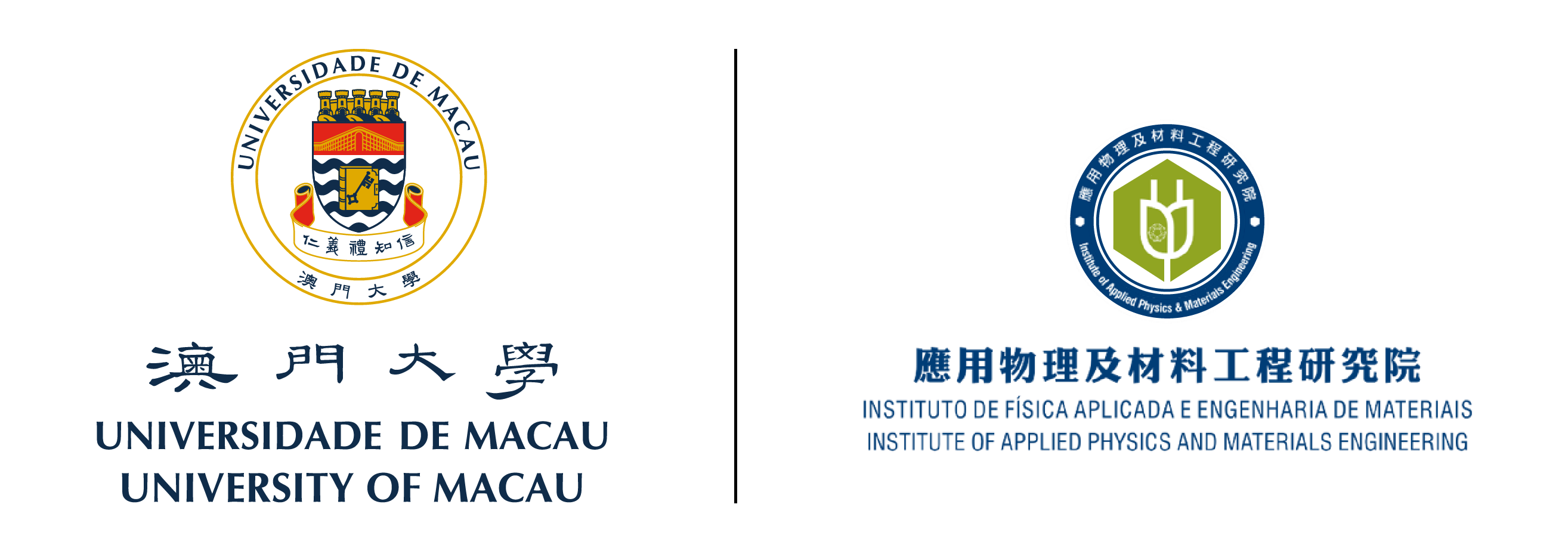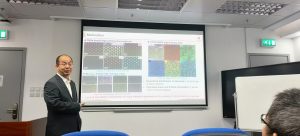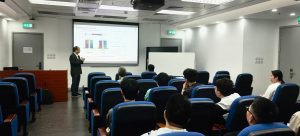On November 14, 2025, IAPME hosted an insightful seminar as part of its ongoing seminar series. The event featured Prof. Jiaqing He (何佳清), a distinguished Chair Professor in the Department of Physics at Southern University of Science and Technology (SUSTech). He delivered an engaging presentation on thermoelectrics. The session was hosted by Prof. Hai-Feng Li.
Prof. Jiaqing He has long focused on thermoelectric and energy materials, systematically proposing paradigms such as multi-scale hierarchical structures, conduction/valence band convergence, phase-separation platforms, high-entropy stabilized phases, and atomic ordering. These strategies have enabled synergistic breakthroughs in achieving high ZT and high power density across SnSe, PbTe/PbS, GeTe, BiCuSeO, and low-cost chalcogenides, while also emphasizing material availability and engineering scalability. He has published about five representative papers in Science (covering SnSe transport mechanisms, high-entropy thermoelectrics, and GeTe engineering) and about two in Nature (on full-scale hierarchical-structure thermoelectrics and all-solid-state dye-sensitized solar cells). He has also produced highly cited work in Nature Chemistry, Nature Communications, Energy & Environmental Science, JACS, and Materials Today. With an h-index exceeding 100, he has significant international impact and has established an integrated “structure–transport–performance–application” research paradigm.
During the seminar, Prof. He provided an in-depth exploration of the challenges and advancements in thermoelectric technology. He emphasized the importance of decoupling electron and phonon transport to enhance thermoelectric performance and stressed the value of cross-disciplinary research in achieving such advances. Highlighting the figure of merit, ZT, as a critical metric, he discussed innovative strategies to optimize it by rationally manipulating material properties—pairing rigorous physical understanding with formula-level innovation and distinctive insights into materials design. Prof. He illustrated these ideas with emerging nanostructured systems such as PbQ, GeTe, and AgCrSe, which show strong potential for boosting thermoelectric efficiency. He further underscored that beyond achieving high performance, it is essential to progressively unravel the underlying mechanisms through step-by-step, in-depth investigation, ensuring that improvements are both interpretable and broadly generalizable.
The seminar concluded with a lively discussion on the future of thermoelectric materials and their potential applications in addressing global energy challenges. Attendees gained valuable insights into the latest advancements and were inspired by the potential of these technologies to transform energy utilization. Prof. He’s presentation not only showcased cutting-edge research but also highlighted the collaborative efforts necessary to push the boundaries of current scientific understanding.



